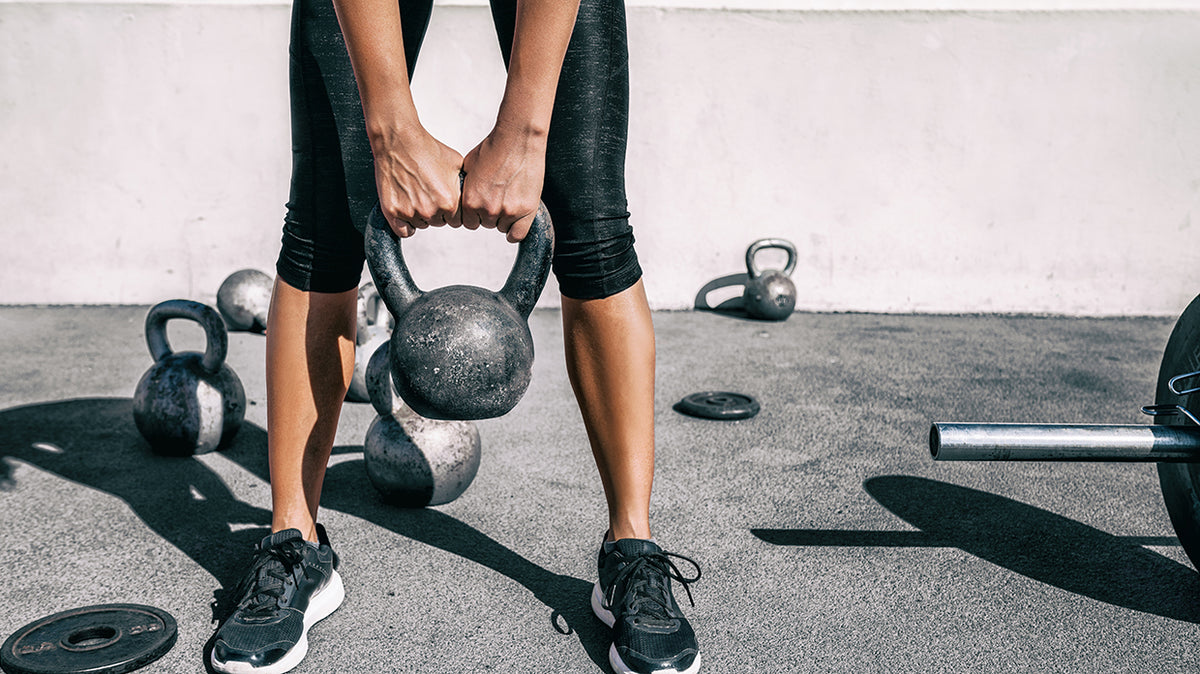Spartan-Approved Tips to Strengthen Your Bones (+ Why It Matters)

Yes, muscles, ligaments, tendons, grit, and body composition matter when it comes to training hard for a Spartan Race, but so does your skeleton, which supports kinetic and physiological efforts required to perform. Think about it: you can’t just be able to muscle your way through the course — you also need to be strong enough in your foundation to withstand the shock from jumping off of wall climbs, the pull from swinging through monkey bars, and the push from banging out burpees.
Strong bones aren’t something you’re just born with. You can make them stronger while making your body more durable and ready for action with specific intention in your workout regimen. Don’t do this, and your bones become delicate, running a higher risk of fracture.
What Are Nonunion Fractures?
One thing to look out for are nonunion fractures, which are fractures that have not healed and typically require surgery, or the at-home use of bone stimulator systems, like EXOGEN. They usually occur after a fracture in certain areas most susceptible, such as the navicular bone in the foot, just below the ankle, and talus bone. The blood supply just isn’t very good there and it’s not uncommon for athletes to have a screw put in to help prevent the fracture from getting worse, or as a healing treatment. Doesn’t sound pleasant — and it can be avoidable.
Studies say there are upwards of 9 million global cases of nonunion fractures annually and that women are more likely to suffer from them with increased age. If a fracture hasn’t healed in nine months, pain can be persistent and the treatment options can be difficult, especially if athletes jump into physical therapy too early or come back to high-impact activity before sufficient healing has occurred. To prevent this cascade of physical health issues, it’s important for athletes to build strength in their bones.
2 M.D.-Approved Ways to Build Better Bone Strength
1. Use Resistance In Your Everyday Training Regimen
To build up your bones, you need to do some kind of resistance training, which multiple studies have shown to improve bone density. “This doesn’t have to be done with heavy weights,” says Dr. Michael Fredericson, Director of Physical Medicine and Rehabilitation (PM&R) Sports Medicine in the Department of Orthopedic Surgery at the Stanford University Medical Center. “It can be done with lighter weights or bands.”
Dr. Fredericson’s research focuses on the etiology, prevention, and treatment of overuse sports injuries in athletes. He’s the Head Team Physician for the Stanford Track & Field and Swimming Teams, was a Tokyo 2020 Olympic Physician, and has published over 200 peer-reviewed articles as well as four books focused on an improved understanding and treatment strategies for overuse injuries in athletes. In other words, he knows his stuff.
“Athletes tend to overdo the resistance training,” Fredericson says. “Try not to do it after a long, hard endurance workout. Studies suggest it’s better to do light aerobic exercise first, then do strength training after, or to do your strength work on a day off from endurance training.” If you do your aerobic work first, it changes your metabolism so you don’t get as much of the strength training benefits, he says.
2. Ensure You’re Optimizing Your Fuel Intake
While resistance training is one way to make your bones stronger, the other key component is nutritional. “The number one rule is to make sure that your energy input meets your energy output so you’re never in an energy deficient state,” says Dr. Fredericson. “If you’re not getting enough in, it can affect your hormones, diminishing periods for females and testosterone production for males, causing bones to get weaker. Fueling properly before a workout is paramount.” If this is an issue, it might be worth consulting a dietician to evaluate your dietary input vs your output.
It’s also crucial for bone health that you get enough vitamin D. It’s recommended that athletes get above 30 nanograms per milliliter per day, but studies have found that it’s probably better to be over 40 or maybe even closer to 50. “That might mean taking a vitamin D supplement, but most people are ok getting this from food unless they’re not taking in any dairy,” says Dr. Fredericson. “We have found that it is better to take in foods to get calcium rather than supplements as it’s absorbed a lot better.”
In addition to these tips, and at the recommendation of your personal care provider, there are also many non-surgical treatment options clinically proven to help successfully heal fractures over time — especially if you want to avoid painful surgeries. Talk to your doctor about your options if you’re injured and aim to get back to OCR ASAP (but safely, and not too soon!).
EXOGEN is approved for the accelerated healing of indicated acute fractures and the healing of nonunions* (including infected, instrumented, or poor bone quality nonunions, excluding skull and vertebrae). There are no known contraindications. Patients may experience sensitivity to the ultrasound gel.
*A nonunion is considered to be established when the fracture site shows no visibly progressive signs of healing.
See EXOGEN User Guide at www.exogen.com.











